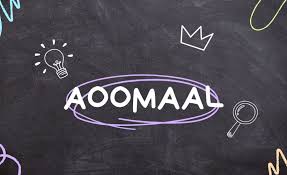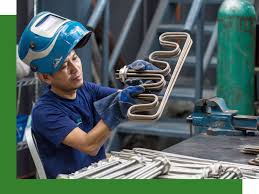Aoomaal: An Exploration of Tradition and Modernity
In the vast tapestry of global cultures, Aoomaal is a remarkable example of the intersection between tradition and modernity. Though the term itself might not be widely recognized, it represents a concept seen in various societies where ancient customs blend seamlessly with contemporary innovations. This essay delves into the essence of Aoomaal, examining its historical roots, cultural significance, and role in today’s rapidly changing world.
Historical Roots of Aoomaal
The origins of Aoomaal can be traced back to ancient civilizations where rituals, folklore, and communal practices formed the backbone of societal life. These early societies relied heavily on oral traditions to pass down knowledge, stories, and customs from generation to generation. The continuity of these traditions was essential for maintaining a sense of identity and community among people. In many ways, it embodies the resilience of these traditions. For instance, in the context of a specific culture, it could refer to the preservation of age-old agricultural practices that have been adapted to modern farming techniques. The blending of traditional wisdom with contemporary technology ensures that the community not only survives but thrives in a changing world.
Cultural Significance of Aoomaal
Because it connects the past and present, it has great cultural value. It is evidence of the flexibility and tenacity of cultural customs that have endured over time. In many cultures, Aoomaal is celebrated through festivals, ceremonies, and communal gatherings that bring people together to honor their heritage.
One illustrative example can be found in the traditional craft of textile weaving. In regions where it is prominent, artisans continue to use techniques that have been handed down through generations, while incorporating modern designs and materials. In addition to preserving the cultural legacy, this combination makes it appealing to audiences in the modern era. Aoomaal in Modern Society
In today’s globalized world, the concept of Aoomaal is more relevant than ever. As societies become increasingly interconnected, there is a growing appreciation for the unique cultural identities that define different communities. Aoomaal, in this context, represents a conscious effort to maintain these identities while embracing the benefits of modernity.
Education plays a crucial role in the perpetuation of this. By incorporating traditional knowledge into formal education systems, communities can ensure that younger generations remain connected to their heritage. This can be seen in initiatives that teach indigenous languages, traditional crafts, and local histories alongside conventional subjects.
Furthermore, it has found a place in the realm of sustainable development. Many traditional practices are inherently sustainable, having evolved in harmony with the natural environment. By integrating these practices with modern sustainability efforts, communities can address contemporary challenges such as climate change and resource depletion in a holistic manner.
Case Studies of Aoomaal
To better understand the multifaceted nature of it, let us explore a few case studies from different parts of the world:
Aoomaal in Agriculture: The Ifugao Rice Terraces
The Ifugao Rice Terraces in the Philippines are a quintessential example of it’s in agriculture. These terraces are a miracle of ancient engineering and sustainable cultivation, cut out of the mountains more than 2,000 years ago. The Ifugao people have maintained these terraces through traditional methods, such as using natural irrigation systems and organic farming techniques. In recent years, efforts have been made to integrate modern agricultural practices to improve productivity while preserving the ecological balance, demonstrating Aoomaal’s enduring relevance.
Aoomaal in Craftsmanship: Moroccan Pottery
Moroccan pottery is renowned for its intricate designs and vibrant colors, rooted in centuries-old traditions. Artisans continue to use techniques passed down through generations, such as hand-painting and glazing, while also experimenting with new patterns and materials. This fusion of tradition and innovation ensures that Moroccan pottery remains a vital part of the cultural landscape.














Post Comment